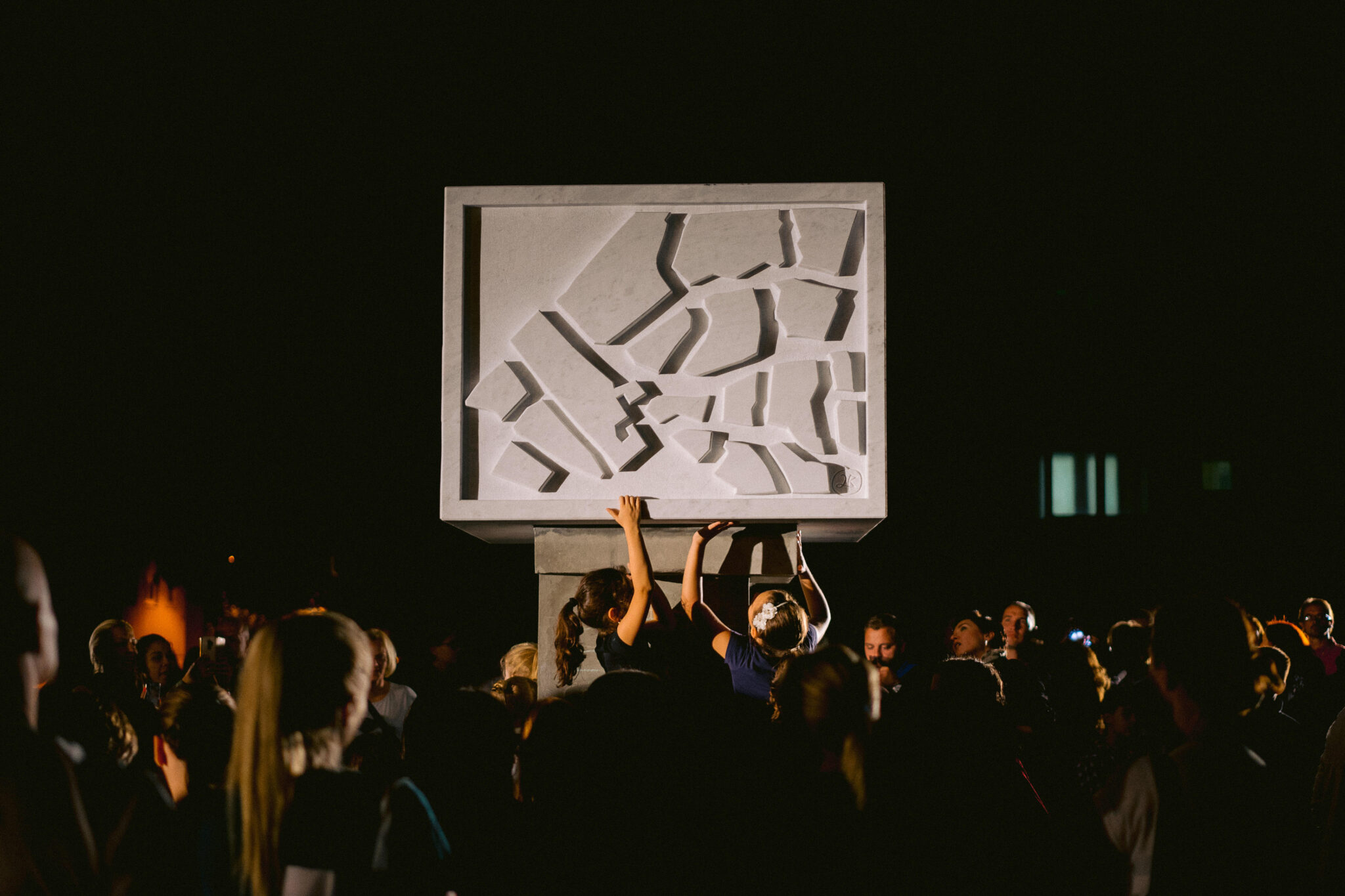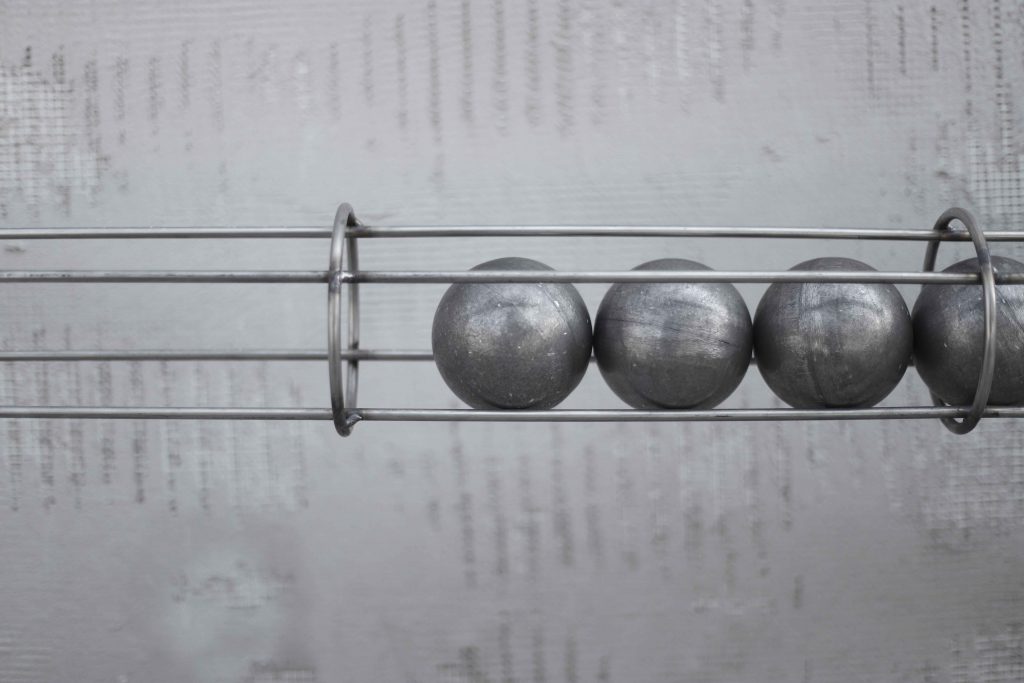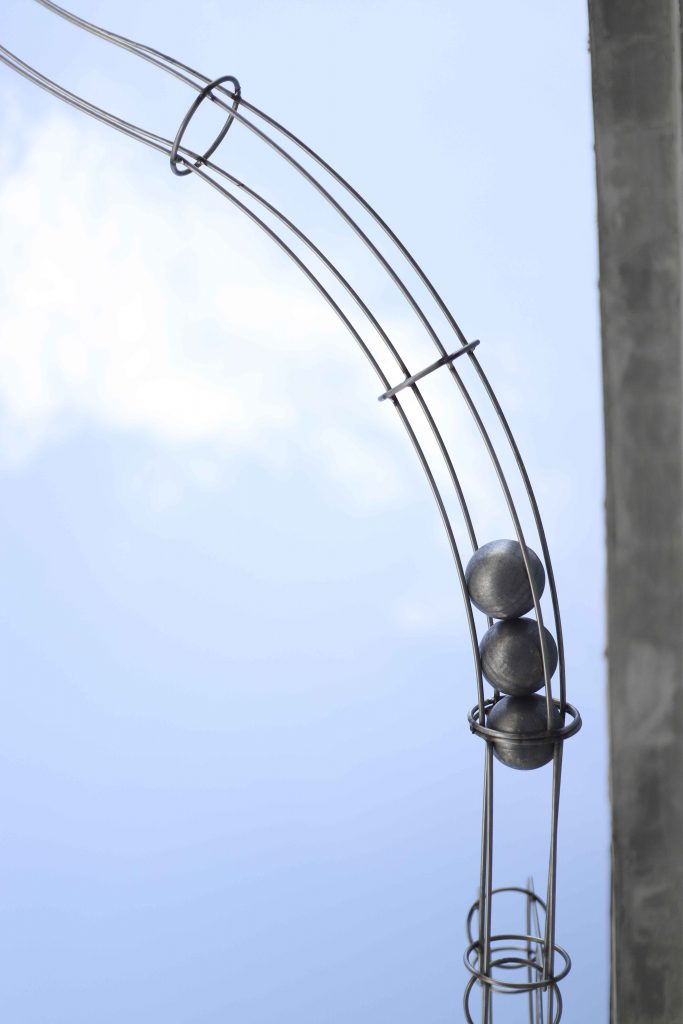Back in 1766, Lessing laid the foundation for modern aesthetics with his work about the difference between poetics and visual arts, the famous statue of Laocoön and His Sons. The pain and the tension the ‘protagonists’ of the sculpture feel are captured with a single moment that, paradoxically, lasts forever in front of the eyes of the viewer, who again and again sees just that one, single deciding moment.
Whether we are looking at a sculpture in a museum or in the middle of a park, it will always attract attention with the frozen motion or an unusual object that it represents. Dominant in its stillness, the sculpture, just like art in general, went through different phases, changed its purpose, was the way of expressing critical attitude or provoking the public (remember Duchamp’s Fountain, i.e., the urinal), but it always sends a certain message, and due to its silent eloquence, its power is far greater. We bring you a couple of sculptures and installations that will make you want to take a look at them closely, if you haven’t already.
Fight of Deer
In addition to the famous reversed clock, two bronze deer captured in a fight have been guarding the Petrovaradin Fortress since 1965. This is the work of the famous sculptor Jovan Soldatović and was first exhibited in front of the Palace of Serbia in Belgrade. His sculptures are characterized by elongated and thin representations of animals, while his does, roes, storks and other sculptures adorn parks across the cities of the former Yugoslavia. The most famous Soldatović’s sculpture in Novi Sad is the Family monument, the Raid Victims Memorial, situated on the Quay. In addition to the aforementioned artworks, you’ve probably noticed the monument to Đura Jakšić located in Dunavski Park, which Soldatović also sculpted.
‘Q’

Since 2019, the oldest part of the city, the Almaš neighbourhood, has been richer for one symbolic work which speaks of the potentials of modern sculptures in public spaces. A cuboid made by four artists was set up on the plateau in front of the Svilara Cultural Station, within the closing ceremony of the Kaleidoscope of Culture, which represents a legacy of Novi Sad as a European Capital of Culture. Representatives of European Capitals of Culture – Luka Kulić (Novi Sad), Danilo Vuksanović (Novi Sad), Ljubo de Karina (Rijeka) and Ciprian Hopirtean (Timişoara) made the reliefs that adorn the sculpture, depicting harmony of artistic strength and laying the groundwork for a new epoch of the cultural development of the city which the European Capital of Culture title brought to Novi Sad.
Wirefull
In 2020, the unusual installation done by the art collective Karkatag was presented to the people of Novi Sad at the opening ceremony of the last Kaleidoscope of Culture. The biggest programme arch of the European Capital of Culture showed the space of the former industrial zone of the city, Great Liman, as a future space of modern art and artistic development, as well as refurbished objects that will be used for the purposes of culture. The interactive installation Wirefull, which comes to life with the presence of the audience, was showed on the wall of the famous student cultural centre Fabrika, creating a different audio-visual animation on the façade each time. With sound and movement, the installation revives the old space for wire making and evokes the ‘analogue times’.
Hold My Hand
If you go outside the city, in the direction of Fruška Gora and Bukovac, you’ll probably notice unusual hands reaching towards the sky. Dušan Savković, a painter and sculptor from Novi Sad, is the author of this extraordinary sculpture. It was created from the recycled waste from Fruška Gora. You can see this artwork near the Bike Park in Bukovac, i.e., next to the Bukovac Cultural Station. With this sculpture, Savković sent a message about the relationship between human beings and nature, therefore making a connection between smaller places and cities as well, implicitly saying culture should be equally present everywhere.
Five Heads
Since the 18th century and until 1918, Kamenički Park used to be private property, owned by respectable families – the count family Marcibanji de Puho were the first ones to enjoy this park. After them, it came under the ownership of the Karačonji family. Today, Kamenički Park is one of the most famous Novi Sad picnic and recreational places, encompassing the Five Heads sculpture, as well as the Pompeiian Column, the Sphinx, Amor and other sculptures. The Five Heads sculpture is located on the Hill of Roses, the popular Pentagon, and it reminds one of the Roman soldiers. Whether or not it represents members of the Karačonji family is not known.
Autor: Leona Pap
Foto: Vladimir Veličković










